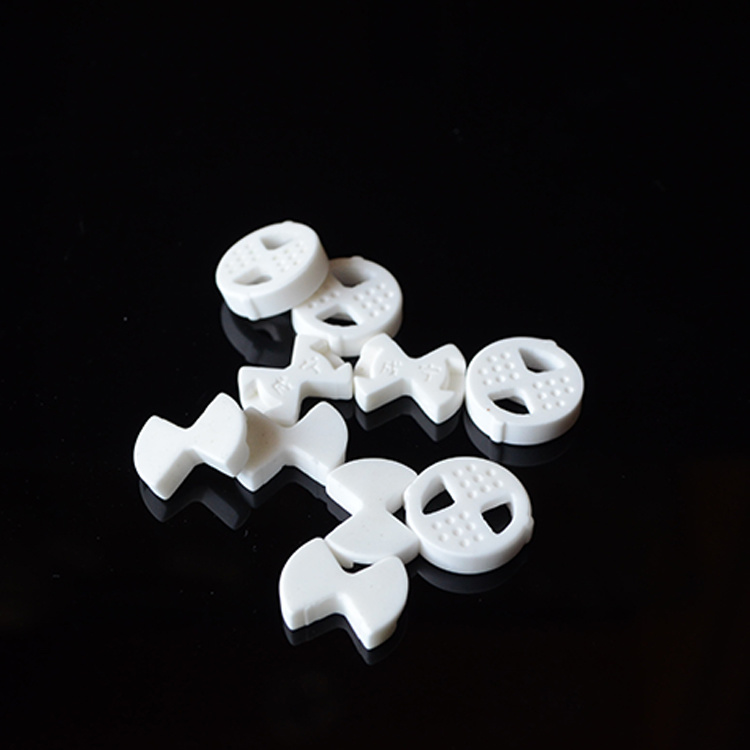
Why Yellow Lead Oxide is Essential for Quality Fire Assays
Time:
2025-07-10 15:00
Source:
Why Yellow Lead Oxide is Essential for Quality Fire Assays
Understanding Fire Assays
The Basics of Fire Assaying
Fire assaying is a time-honored method used to determine the concentration of precious metals—such as gold and silver—in ores and other materials. The process involves heating the sample in a furnace, where it is subjected to high temperatures to facilitate the separation of metals from impurities. The accuracy of fire assays is paramount in various industries, including mining, metallurgy, and recycling.
Importance of Accuracy in Fire Assays
Accurate fire assays are crucial for evaluating the economic viability of mining operations. A small error in determining the metal content can lead to significant financial losses. Additionally, precise assays are vital for compliance with industry regulations and standards that govern metal recovery and environmental practices.
What is Yellow Lead Oxide?
Yellow lead oxide, also known as lead(II) oxide or litharge, is a chemical compound with the formula PbO. It is characterized by its distinctive yellow color and plays a critical role in various industrial applications, particularly in fire assaying.
Properties of Yellow Lead Oxide
Yellow lead oxide possesses several properties that make it suitable for use in fire assays:
- **High Melting Point**: With a melting point of approximately 888°C, it can withstand the high temperatures involved in fire assays.
- **Chemical Stability**: It is chemically stable and does not react adversely with other materials in the assay process.
- **Solubility**: Yellow lead oxide has low solubility in water, making it an ideal component for various mixtures.
Applications of Yellow Lead Oxide in Fire Assaying
In fire assaying, yellow lead oxide serves multiple functions:
- **Fluxing Agent**: It acts as a flux, which promotes the fusion of materials and enhances the separation of metals from the ore.
- **Collecting Agent**: Yellow lead oxide helps in collecting precious metals during the assay process, ensuring higher recovery rates.
- **Reducing Agent**: It provides a reducing environment necessary for the conversion of metal oxides to metals, improving assay accuracy.
The Role of Yellow Lead Oxide in Enhancing Fire Assay Quality
To understand why yellow lead oxide is essential for quality fire assays, it is vital to examine its specific contributions to the process.
Improving Metal Recovery Rates
The use of yellow lead oxide significantly enhances the recovery rates of precious metals during fire assays. By acting as a collecting agent, it ensures that a larger percentage of the metals present in the sample are retrieved. This is particularly important when dealing with low-grade ores, where every bit of metal counts.
Reducing Contamination Risks
In the assay process, contamination can skew results and lead to inaccurate readings. Yellow lead oxide's chemical stability minimizes the risk of introducing contaminants that could compromise the integrity of the assay. This stability is paramount, especially when testing materials containing various impurities.
Enhancing Assay Precision
The accuracy of fire assays is dependent on the chemical reactions that occur during the process. By providing a controlled reducing atmosphere, yellow lead oxide enhances the precision of the reactions, leading to more reliable and consistent results. This aspect is especially crucial for labs that require high-precision assays for critical applications.
Best Practices for Using Yellow Lead Oxide in Fire Assays
To maximize the benefits of yellow lead oxide in fire assays, several best practices should be followed:
Optimal Mixing Ratios
Finding the right balance of yellow lead oxide in the assay mix is essential for achieving optimal results. Typically, a mixture of 10% to 20% yellow lead oxide is recommended, depending on the specific assay requirements and the nature of the sample.
Proper Handling and Storage
Yellow lead oxide should be handled with care, as it can pose health risks if inhaled or ingested. Always use appropriate safety equipment, such as gloves and masks, when working with this compound. Additionally, store yellow lead oxide in a cool, dry place away from incompatible substances.
Monitoring Temperature and Reaction Time
Maintaining consistent temperatures and monitoring reaction times during the fire assay process are critical for ensuring the effectiveness of yellow lead oxide. High temperatures promote better fusion and metal recovery, while precise timing helps to achieve accurate results.
Challenges and Considerations When Using Yellow Lead Oxide
While yellow lead oxide is an invaluable component in fire assaying, there are challenges associated with its use.
Environmental Concerns
Lead compounds are known to pose environmental hazards. As such, it is essential to follow strict regulations concerning their use and disposal. Laboratories should implement proper waste management practices to mitigate environmental risks.
Health and Safety Risks
The health risks associated with lead exposure cannot be overstated. Laboratories must prioritize worker safety by employing proper ventilation systems and providing comprehensive training on handling hazardous materials.
Future Trends in Fire Assaying and the Role of Yellow Lead Oxide
As technology advances, the field of fire assaying continues to evolve. Innovations in assay techniques may alter the way yellow lead oxide is used in the future.
Emerging Assay Technologies
New assay technologies, such as X-ray fluorescence (XRF) and inductively coupled plasma mass spectrometry (ICP-MS), offer alternatives to traditional fire assaying. However, yellow lead oxide's role as a flux and collecting agent may still be relevant in hybrid methods that incorporate both traditional and modern techniques.
Increased Focus on Sustainability
With growing environmental awareness, the industry is moving toward more sustainable practices. Researchers are exploring eco-friendly alternatives to yellow lead oxide that maintain assay quality without compromising environmental integrity.
FAQs About Yellow Lead Oxide in Fire Assays
1. What is the primary function of yellow lead oxide in fire assaying?
Yellow lead oxide acts as a flux, collecting agent, and reducing agent, which enhances metal recovery and assay accuracy.
2. Are there any health risks associated with using yellow lead oxide?
Yes, yellow lead oxide can pose health risks if inhaled or ingested, making it crucial to follow safety protocols when handling it.
3. How can I ensure the effective use of yellow lead oxide in assays?
By adhering to optimal mixing ratios, proper handling and storage, and monitoring temperature and reaction times during the assay process.
4. Are there alternative materials to yellow lead oxide for fire assaying?
While yellow lead oxide is widely used, ongoing research is exploring eco-friendly alternatives that can achieve similar results.
5. What are the environmental considerations when using yellow lead oxide?
Lead compounds pose environmental hazards, necessitating strict regulations regarding their use, handling, and disposal to mitigate risks.
Conclusion
Yellow lead oxide is a critical component in the fire assaying process, substantially enhancing the recovery and accuracy of precious metals from various samples. Its unique properties, including high melting point and chemical stability, make it an indispensable material in the mining and metallurgy industries. While challenges related to health and environmental impacts exist, adhering to established safety protocols and best practices can mitigate these risks. As the industry moves toward more sustainable practices, ongoing research into alternative materials may offer new solutions while preserving the quality and reliability of fire assays. Understanding the essential role of yellow lead oxide ultimately empowers industries to achieve accurate and efficient results in their assay processes.
yellow lead oxide pbo fire assay flux

